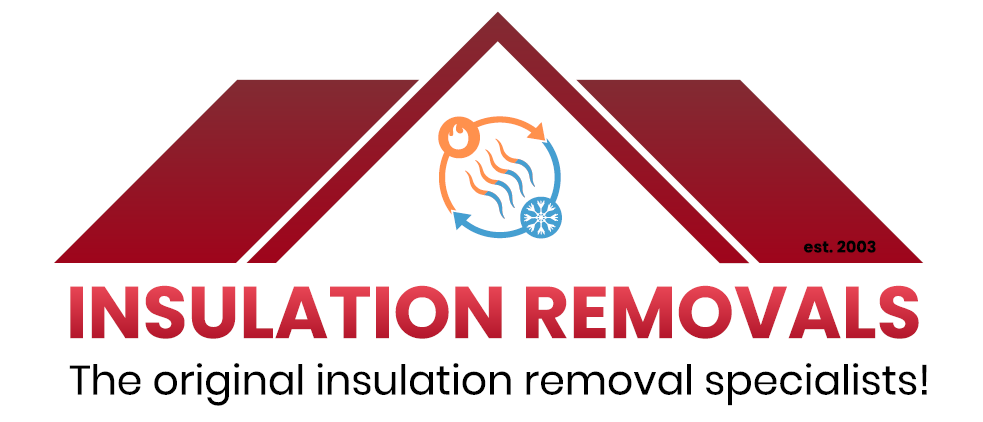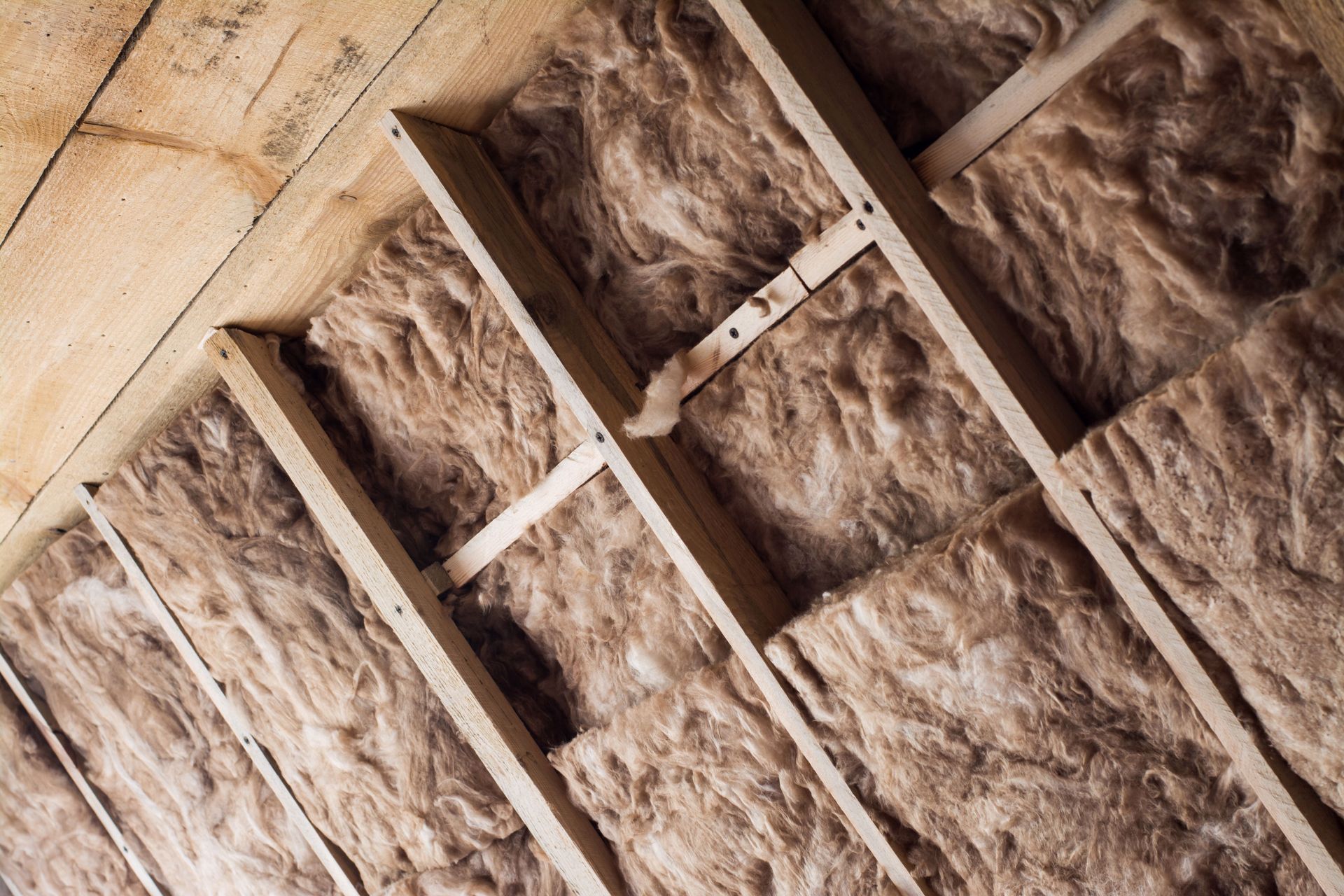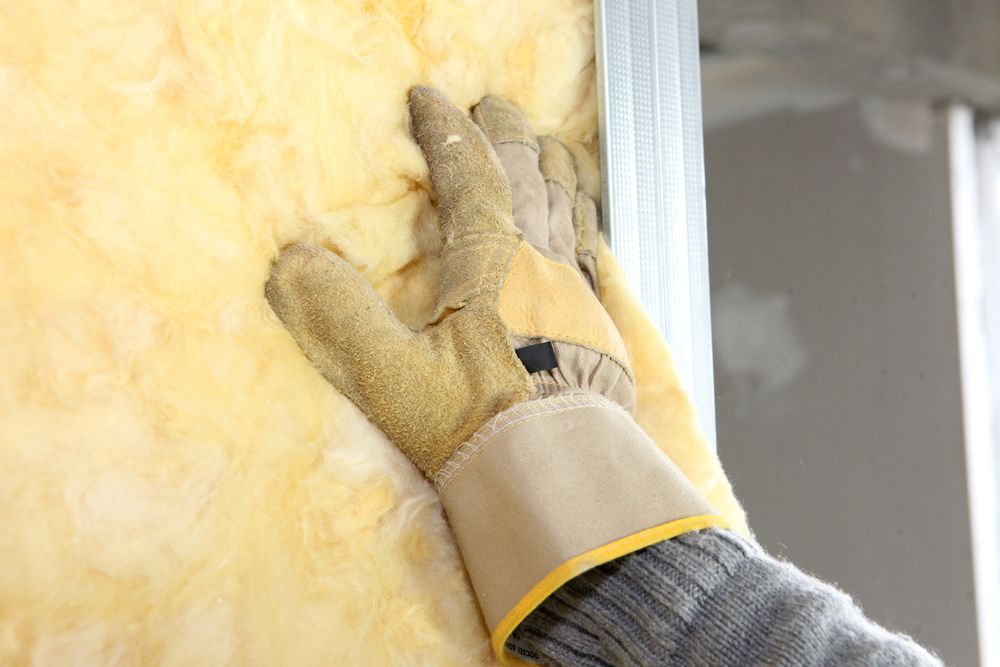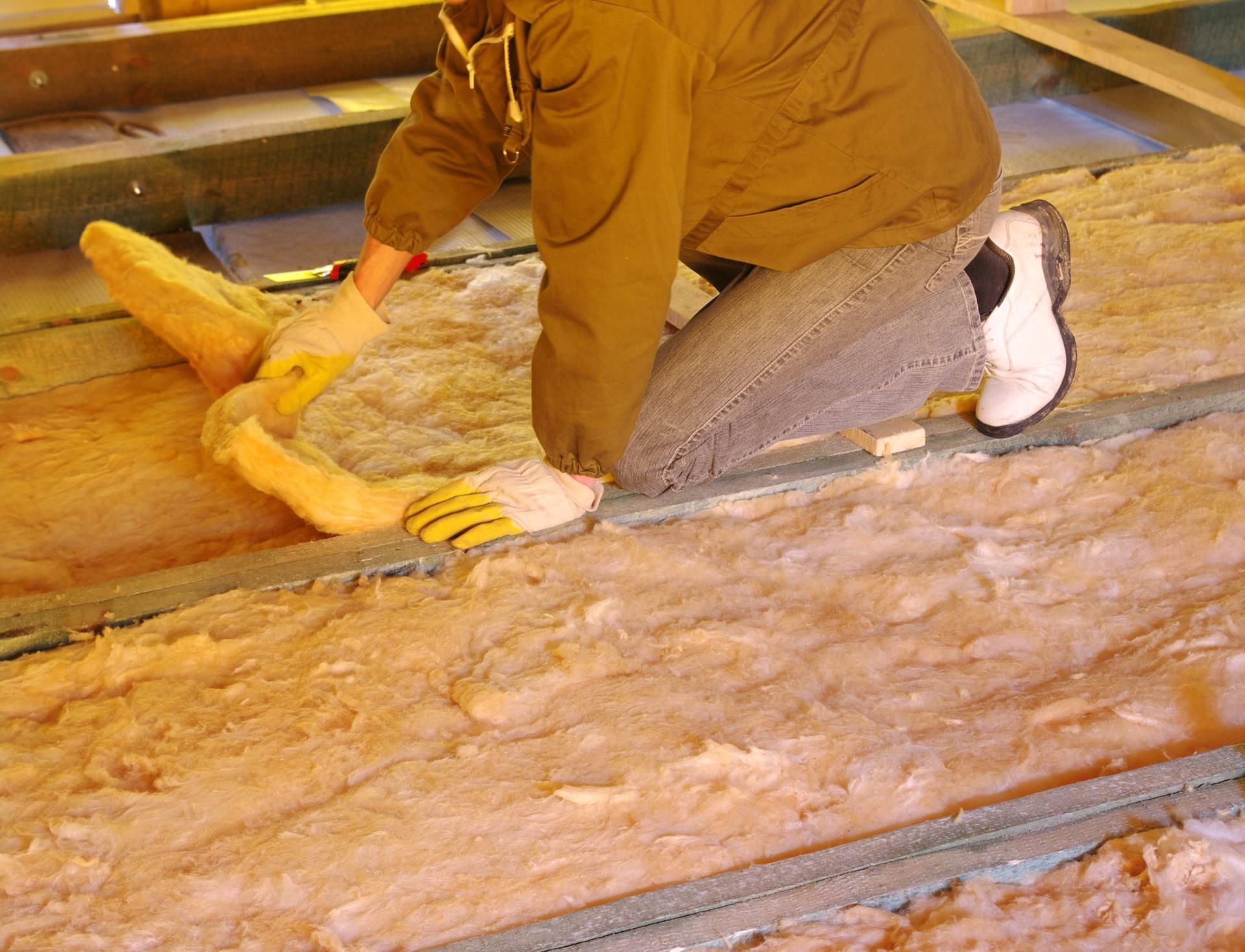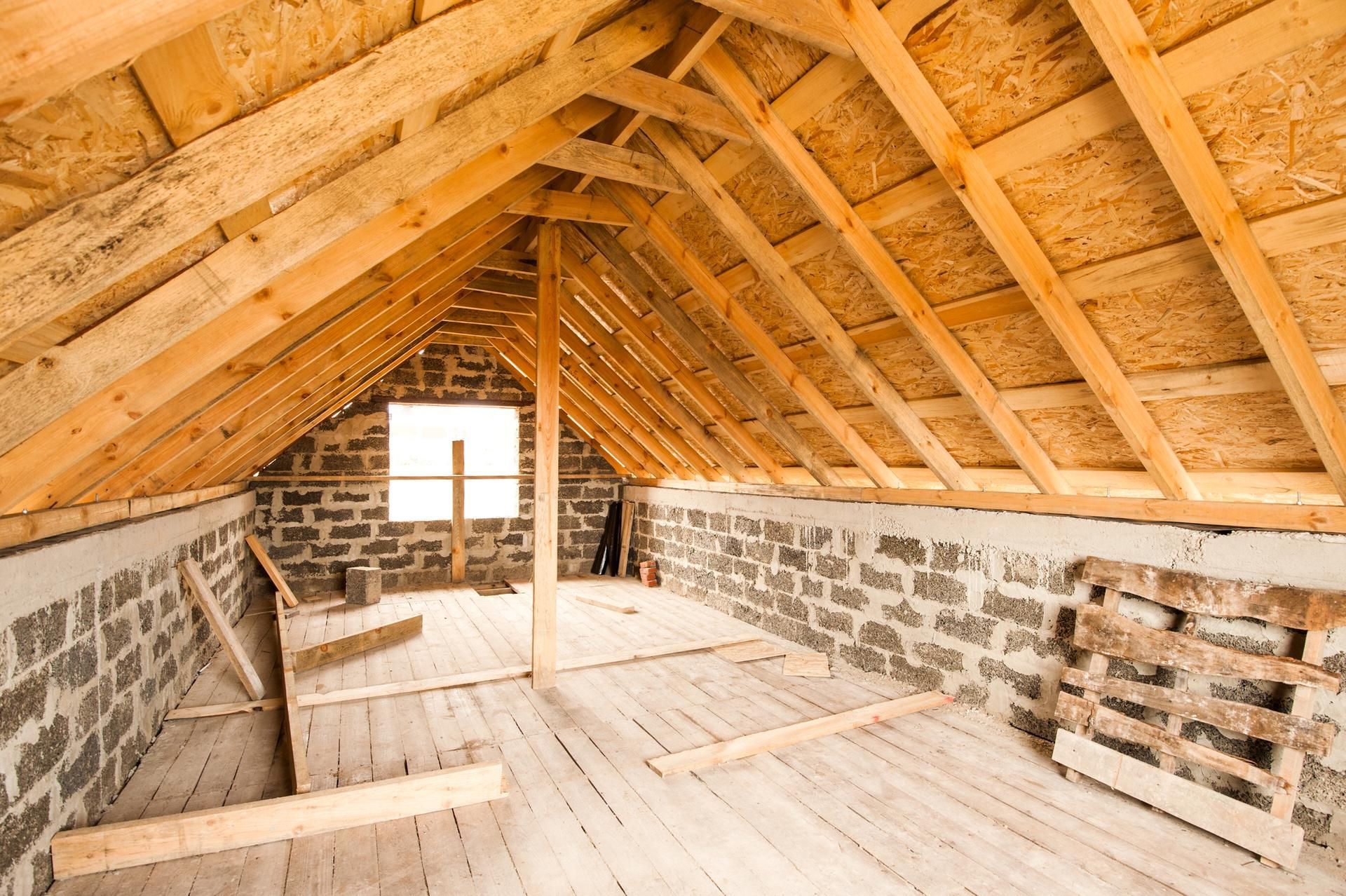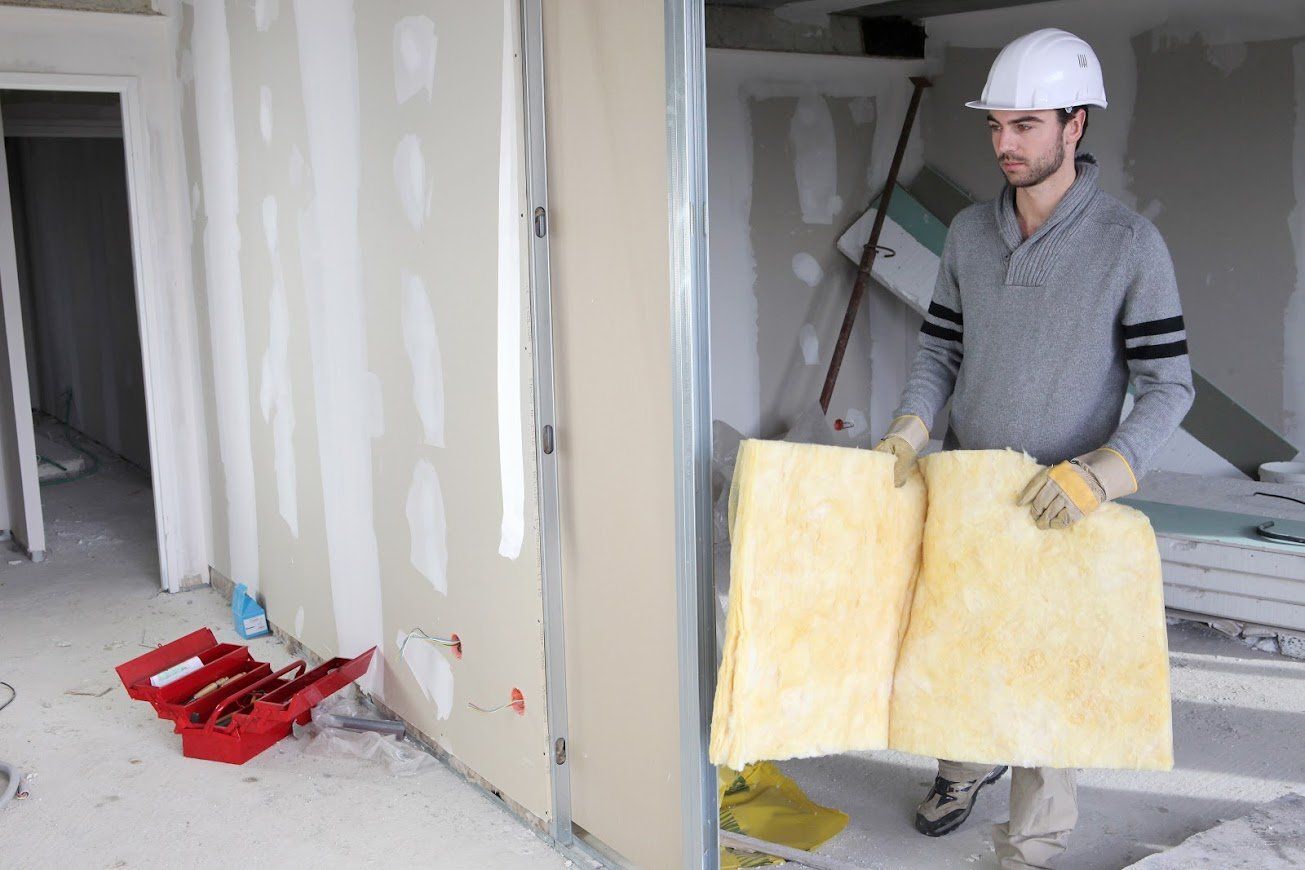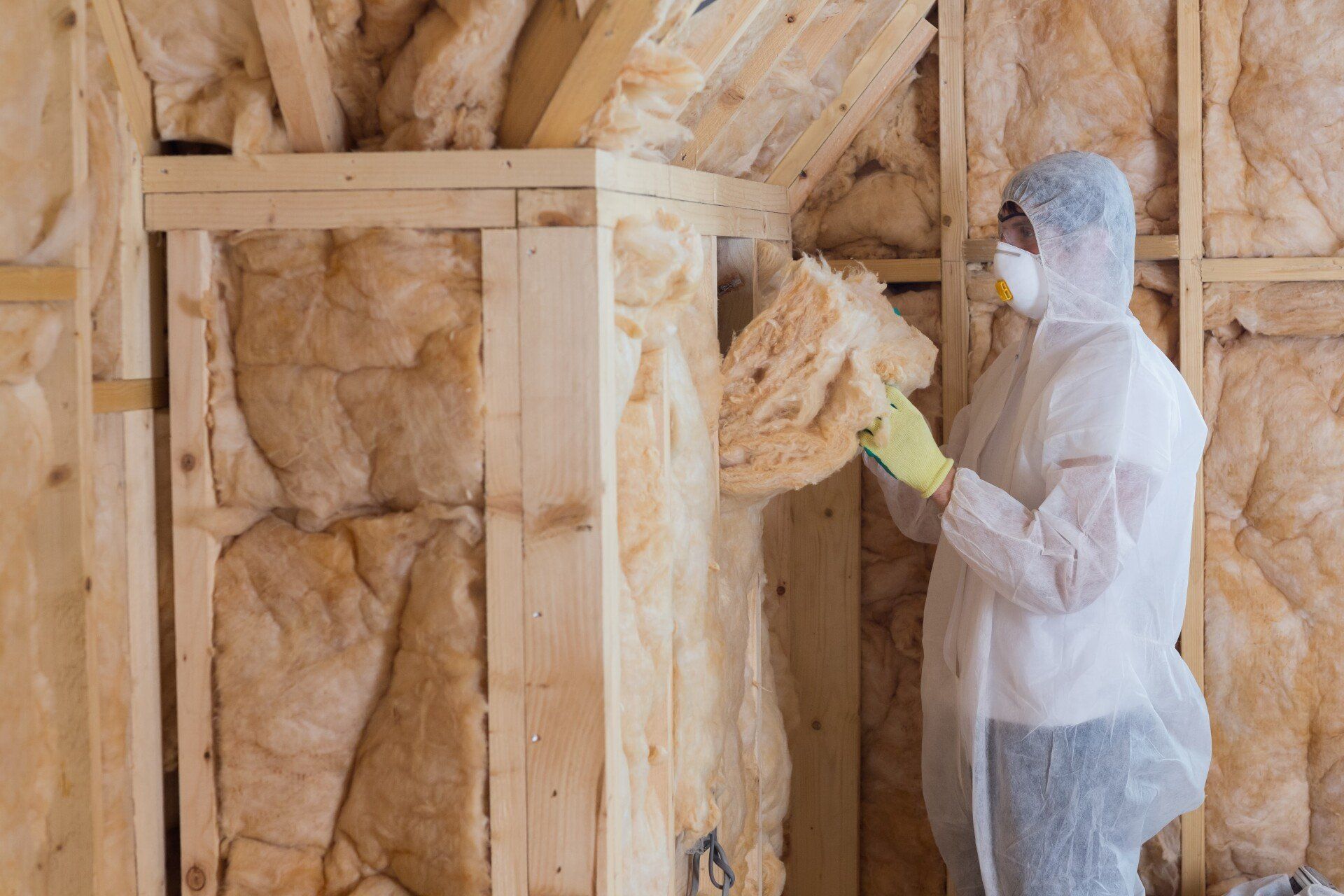Renovating Your Home? Why You Should Include Insulation on Your To-Do List
Depending on what you'd like to change about your abode, a home remodel can be pretty extensive. Even if you're not completely overhauling the structure, you still want to prioritise the right areas so you can make the most of your space.
The next time you plan a home remodel, add insulation to your list of projects. Keep reading to find out exactly why you need to consider this important home feature when updating your property.
It might not have been prioritised when your house was built
Depending on when your home was built—or who did the building or prior renovation—insulation may not have been factored into the overall development plan for the house. Unfortunately, some contractors can skip or reduce focus on insulting a home to save on overall costs. And with television networks airing home DIYs (which don't often talk about insulation), this vital home feature often gets left out or forgotten.
And while not entirely wrong, some people believe that certain building materials, like brick, can effectively insulate a home. However, insulation plays a vital role in your home's performance, which we'll discuss more below.
Reinsulating your home could have financial benefits
It seems counterintuitive to say that spending money on your home could help you save money, but it does. By investing in high-quality insulation throughout your abode, you actually make it more energy-efficient, even in Australia.
For example, if you purchased an older home, it might be drafty or have air leaks in the ceiling, in the walls or around the doors and windows—and these issues prevent your home from consuming energy efficiently. Even if you don't have leaks, an insufficient amount of insulation also reduces your energy efficiency.
By reinsulating your home during a renovation, you can fully reap the benefits—both environmental and financial—associated with a more energy-efficient home. Specifically, new and well-applied insulation helps your home regulate its internal temperature.
The less your HVAC system has to strain to cool or warm your home. That reduction in use not only saves your money on your monthly utility bills, but it also saves you money on related expenses like home appliance replacement. For instance, an HVAC system that doesn't require as much strain overall also doesn't experience too much strain and pressure while running. As a result, you'll save more money and potentially could have some money set aside for an emergency.
You can enhance your home by replacing multiple kinds of insulation
Typically, roofs contain insulation in a home. If the home has a pitched roof and attic, the insulation could be inside the attic. You can have an insulation technician add this feature in a few different places depending on the benefits you want to reap.
Roof and ceilings
Heat escapes a home primarily through the roof, but with polyester, glasswool or earthwool insulation, you can tighten up those upper leaks and keep warm air inside during the colder seasons.
Walls
Cool air escapes a home usually through the windows and doors—or essentially the walls. While you should invest in double-glazed windows (at minimum), you'll also want to insulate the walls to enhance how well this portion of your home maintains energy efficiency.
Floors
While hot and cold air doesn't necessarily escape from a home through the floors, you can insulate this portion of your abode. Adding insulation to this area protects your flooring, especially hardwood, in addition to preventing your home's pipes from freezing during those rare cold spells.
Ready to get started with reinsulating your home? Get in touch with the team at Insulation Removals. Our experts can answer any questions you have about replacing the insulation in your home and help you with checking this project off your home renovation to-do list.
